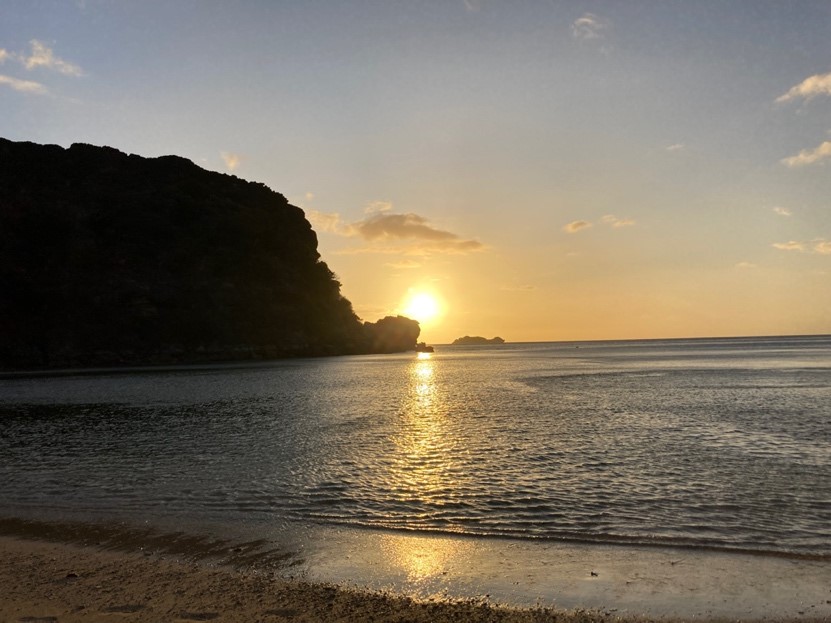Adam McLain, SUNY Polytechnic Institute – Nosy Hara Dwarf Lemurs
 On SUNY Polytechnic Institute Week: The natural world still holds many secrets.
On SUNY Polytechnic Institute Week: The natural world still holds many secrets.
Adam McLain, associate professor of biology, travels to Africa to observe one.
Dr. Adam T. McLain is an Associate Professor of Biology in the Department of Biology and Chemistry at SUNY Polytechnic Institute in Utica, New York. He joined the faculty at SUNY Poly in 2015 after a postdoctoral research position in the Conservation Genetics Department at Omaha’s Henry Doorly Zoo and Aquarium. Dr. McLain received his Ph.D. in biology from Louisiana State University in 2013 and an M.A. in anthropology with a focus on primate genetics from Hunter College of the City University of New York in 2009. His research focuses on evolutionary biology, speciation and genetics in non-human primates, predominantly among lemurs, primates found only on the island of Madagascar. His current work outside the world of lemurs is related to the impact of DNA methylation and aging in mammals. Dr. McLain has also published research on mobile DNA elements in gorillas and gibbons and been part of a research consortium that sequenced the genomes of the golden lion tamarin and the Pallas’s cat, a species of central Asian wild cat. Dr. McLain is an active board member at the Utica Zoo and enjoys backpacking, camping and curling when not in the field or the lab.
Nosy Hara Dwarf Lemurs
Nosy Hara National Park consists of a series of uninhabited islets and the surrounding ocean in the northwestern corner of Madagascar, an island nation off the eastern coast of Africa.
The main island of the group, Nosy Hara, is a bit under two square miles in size and is comprised of limestone cliffs cut through with forested valleys.
Despite this small size the island is home to unique fauna, including one of the smallest chameleons known to science, Brookesia micra, rare Malagasy sea eagles, and a mysterious population of dwarf lemurs.
Dwarf lemurs, of the genus Cheirogaleus are one of the small-bodied types of lemur, a diverse group of over one-hundred-ten species of primates found only in Madagascar.
Ten species of dwarf lemur are currently recognized, with more suspected but undescribed.
In the summer of 2022 I led an expedition to this remote island to collect DNA samples, to be analyzed and compared with the DNA of other dwarf lemur species for the purpose of determining how the Nosy Hara animals fit into this interesting and unique genus of primates.
Over the course of our visit we collected fecal and hair samples from multiple animals, and observed them at night high in the forest canopy.
Upon returning to the United States with our samples we harvested cells from this material, and sequenced the DNA contained within.
While still in the process of analyzing this data for publication, we strongly suspect this population to be an as-yet undescribed species or sub-species.
Nosy Hara has been an island since at least the end of the last glacial maximum, and the closest known dwarf lemur populations are many miles away on the mainland of Madagascar.
These animals are among the most isolated primates on Earth.
Their presence reminds us how much of the natural world still remains to be better understood.




